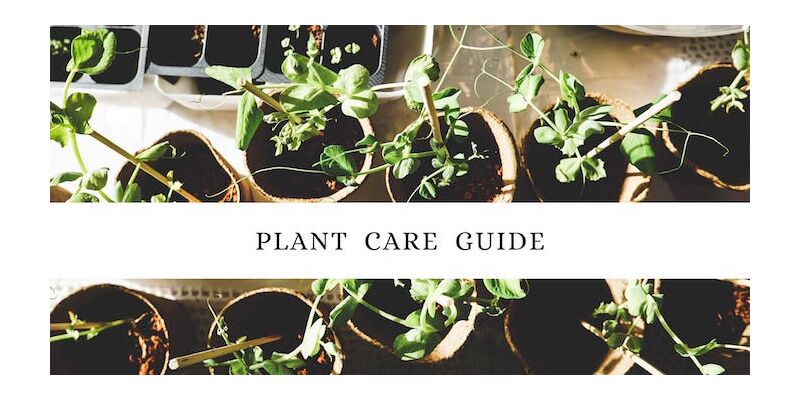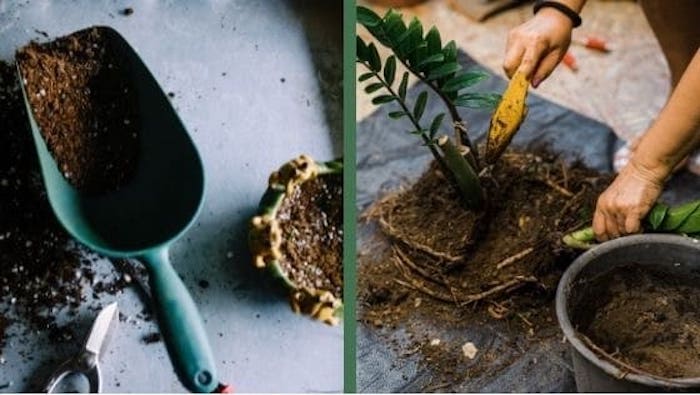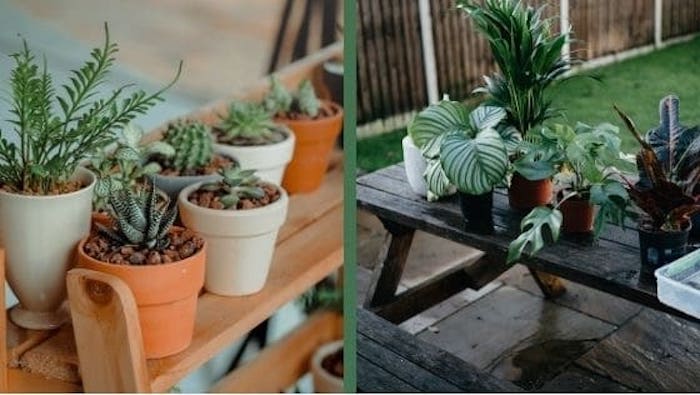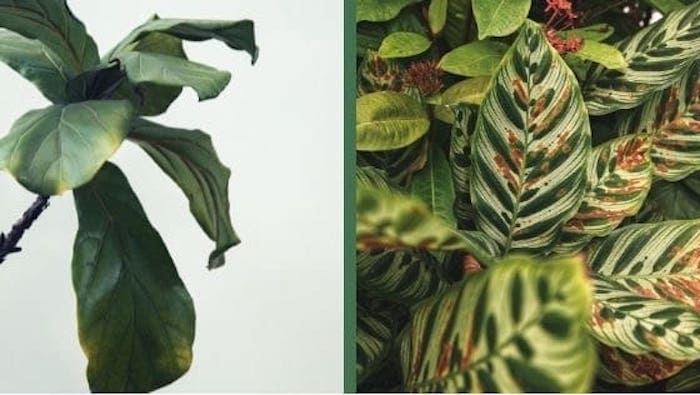5 Best Plant Care Tips No One Told You About

Get to know your plant. Know the most suitable soil to use. Don’t overwater. Give them sufficient light. Stock up on supplies. You probably have heard or read these plant care tips somewhere. When you’ve applied them already and your plants’ leaves still drooped and dropped off one by one, there might be something that is missing.

We’ve gathered a few more helpful tips, often missed, to help you provide the best care for your plants. Read on and find out what else you can do to keep your plants healthy and alive.
Drainage is crucial. No matter what kind of plants you’re growing, using containers with drainage holes is essential. Holes in a planter or pot have a purpose and they have a very important role to play in terms of plant health. Plants need water and the drainage holes in a pot ensure that water does not pool at the base to protect sensitive roots from fungus and bacteria. The holes also allow air to flow freely so the roots won’t rot. Drainage holes are also outlets for excess salts from fertilizers flushed out during watering.

The best container for your plant is truly one with a drainage hole. But we get it. We’ve all been there. You may have found yourself falling in love with gorgeous, glazed pottery only to see that there’s no drainage hole. Don’t fret; there is something you can do. Simply create a drainage layer by adding a medium to the pot’s bottom before adding soil. Use stones, pumice, or pebbles to allow excess water to pass through quickly. Lava rocks are highly recommended as they can absorb some of the excess water. You can also drill a hole into any pot that doesn’t have one.
Don’t let your plants swim in soil. You need to allow the roots to breathe. Too much soil in a container makes the dirt stay damp for too long. This increases the probability of root rot. Plus, too much soil can lead to overwatering. If dirt spills over the edge of the pot when you water your plant, you’ve put too much soil. The right amount of soil is that which provides the plant enough support while allowing access of light and air.

Consistency is the key. Plants thrive best when given consistent care. Resist the urge to reposition your plants every now and then in an attempt to provide them with more light exposure. Plants know how to adapt and acclimate to the space they are in. They will adapt to their light so don’t confuse them by moving them around a lot.

The same goes with watering. Get to know your plant to identify the style and frequency of watering it needs. Observe your plants carefully. They will give you signs when they’re thirsty (yellow tips, droopy leaves, dried top-inch of soil). Take the time to also observe how your plant is quickly drinking water. By doing so, you get to see how thirsty it was and estimate its watering schedule requirement.
Repot – not simply with a new planter but with a fresh potting mix. It’s a common misconception that repotting only means transferring a plant into a new or different planter. Repotting actually means changing the plant’s soil with a fresh potting mix to provide it with new nutrients. Depending on how actively the plant is growing, you may want to repot every 12 to 18months. When repotting, choose a planter that is only one size larger than the current container (1-2 inches larger is enough).

Yellowing and wrinkling don’t always mean your plant is dying. It might just be under stress. Review the care your plant is getting. When was the last time you watered it? How often did you water it in the past two weeks? Did it get enough light? Inspect the leaves and look for mottled patterns, spots, or presence of pests. Wrinkled leaves, dropping leaves and flowers, bleached or lightened spots on foliage, off-colored leaves, and brown tips are all signs that the plant is stressed. Check for environmental factors that caused it. You might need to deal with insect or disease problems, sunburn, frost damage, nutrient deficiency, or fertilizer burn.

There are plenty of ways to care for your plant. Just remember that growing plants and being a plant parent isn’t about winning all the time. Some of your plants will die and all you need to do is treat its death as a learning experience. You can be a better plant parent when you maintain curiosity and remain open to understanding your plant and building a better “relationship” with it. Caring for plants the right way is something you can learn. It’s not a matter of having a green or black thumb. It’s more about giving your adopted living greens the attention and love they deserve.
